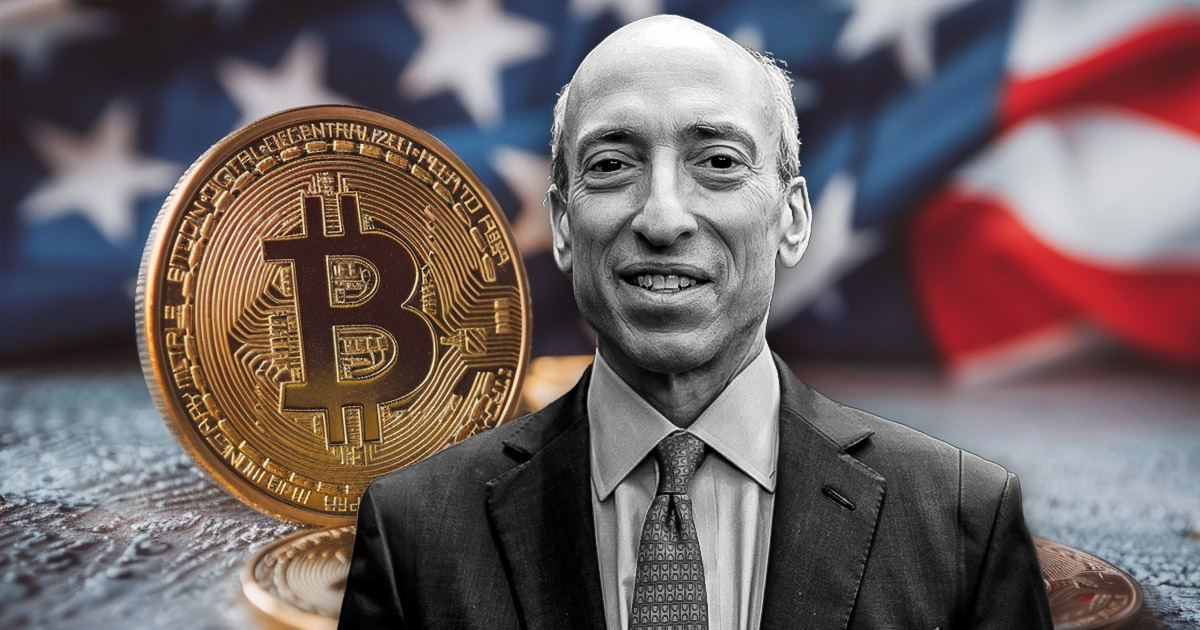Sens. Cynthia Lummis (R. Wyo.) and Kristen Gillibrand (D. N.Y.) have reintroduced their landmark bipartisan crypto bill known as the Lummis-Gillibrand Responsible Financial Innovation Act (“Lummis-Gillibrand Act” or “LG Act”).1 The original bill,2 introduced last June, ultimately failed to move forward. The new bill was introduced on July 12, read and referred to the Senate Finance Committee for consideration.
The digital asset world has had quite a year following the so-called “Crypto Winter” of 2022. With the fall of crypto exchange FTX and Alameda Trading, a wave of crypto-related bankruptcies, SEC lawsuits against popular crypto trading platforms for failure to register as a securities exchange, and continuing litigation against token issuer Ripple, calls for Congress to clearly structure and delegate crypto oversight gained significant traction. In response, the Lummis-Gillibrand Act was updated to include heightened consumer protections and a clearer division of labor among regulators.
The CFTC’s Role in the Updated Act
While the previous version of the LG Act proposed an expanded role for the CFTC by defining most digital assets as commodities and establishing the CFTC as their primary regulator, the updated version goes a step further by requiring all crypto asset exchanges (except truly decentralized exchanges) to register with the CFTC. This would include expanding the CFTC’s oversight of cryptocurrency spot markets, which, under the Commodities Exchange Act up until now would not fall under the purview of a regulator that primarily oversees futures and derivatives trading.
The goal of the LG Act is to establish a principal regulator for token exchanges that is more tailored to the idiosyncrasies of token trading than a traditional broker-dealer regulatory overlay that the SEC is attempting to impose on the large exchanges with which it has commenced enforcement cases and litigation. Any cryptocurrency token would be considered in scope under the new act, not just those that are deemed “securities” under the 1946 SEC v. S.J. Howey Co.3 Supreme Court decision. Many decentralized exchanges, or DEXs, are likely in scope for regulation under this rubric, other than purely programmatic exchanges. It is unclear how an exchange would be deemed exempt from this regulation.
SEC Implications
While the CFTC would effectively become crypto’s primary regulator under the LG Act, SEC Chair Gary Gensler has contended that the majority of traded crypto tokens are securities. In turn, the SEC has sought to establish itself as crypto’s primary regulator and brought significant actions against the world’s largest crypto exchanges.4, 5
The updated LG Act includes “ancillary assets” that are defined as containing some characteristics of a security but do not clearly confer contractual rights to an investor. These assets may derive their value from the efforts of others but don’t confer a right to profits nor represent equity or other contractual rights.
The updates also include the CFTC and the SEC working together by jointly chartering a customer protection and market integrity authority that would regulate, supervise and discipline firms. Both agencies would receive $100 million in funding to implement the LG Act’s provisions annually through 2027. Nonetheless, the SEC stands to lose some of its influence over nebulous digital assets that do not squarely fit within the Howey test for classification as securities.
Stablecoins
Under the updated Lummis-Gillibrand Act, stablecoins would be governed by state and federal banking regulators. Stablecoins would primarily be issued by banks or credit unions, which would need to provide clear proof of reserves.6 The bill does create a specific path for firms seeking to issue only stablecoins by granting the Office of the Comptroller of the Currency the authority to issue limited charters for the purpose of issuing stablecoins. This is helpful for some of the largest stablecoins, such as the USDC coin, that is managed by Circle, which is not a bank.
Algorithmic stablecoins, made infamous by the collapse of TerraUSD,7 would be considered hybrid instruments regulated by the CFTC. Notably, any issuers of these assets would be prohibited from calling them stablecoins under the updated LG Act.
Goal to Ensure FTX Never Happens Again
In a joint press release, Sens. Lummis and Gillibrand highlighted additions to the LG Act designed to prevent FTX-like disasters from happening again. Among the additions were (1) imposing mandatory segregation and third-party custody requirements; (2) giving the CFTC the legal authority to supervise affiliates, holding companies and other potential conflicts of interest; and (3) limiting crypto asset lending and banning rehypothecation (the practice of a financial intermediary using client collateral for its own purposes). All of these rules, if followed, will curb the possibility of another platform meltdown.
Next Steps
With the reintroduction of the bill, the next step in the Senate is to refer the bill to the appropriate Committees for consideration. A companion bill will likely be introduced in the House of Representatives, or it could be joined to other bills pending in the House. There remain significant hurdles to cross for this legislation. In an attempt to appease crypto critics and gain support, the updated Lummis-Gillibrand Act contains sections designed to prevent illicit finance and includes three provisions from Sens. Warren (D. Mass.) and Marshall’s (R. Kan.) “Digital Asset Anti-Money Laundering Act,” which was recently delayed due to lack of sponsors. House Financial Services Committee Chair Patrick McHenry (R. N.C.), who is also the Republican Deputy Whip, has indicated he is in favor of moving forward with constructive legislation on cryptocurrency, as have Reps. Waters (D. Cal.), Torres (D. N.Y.), Meeks (D. N.Y.), Emmer (R. Minn.) and Smith (R. Ark.), the Chair of the House Digital Assets Subcommittee.
Still, bipartisanship and a clear regulatory framework may not be enough to get the revised LG Act across the finish line. One Democrat was anonymously quoted describing the Lummis-Gillibrand Act as an “effort to muzzle the SEC by the [crypto] industry in favor of what it sees as an easier regulator in the form of the CFTC.” Indeed, critics point to support of the former LG Act and a similar late 2022 bill8 by Sens. John Boozman (R. Ark.) and Debbie Stabenow (D. Mich.) by disgraced FTC CEO Sam Bankman-Fried as an indicator that they should be cautious. Beyond critical response, the Act may still take a back seat to other Congressional matters and may fall by the wayside as the 2024 presidential election looms.
We appreciate the contribution of Summer Associate Jake Barroway to this article.
1 https://www.congress.gov/bill/118th-congress/senate-bill/2281?s=1&r=1
2 https://www.congress.gov/bill/117th-congress/senate-bill/4356/text
3 328 U.S. 293 (1946).
4 See https://www.cnbc.com/2023/06/05/sec-sues-binance-and-ceo-changpeng-zhao-for-us-securities-violations.html
5 See https://unchainedcrypto.com/sec-says-coinbase-understood-that-securities-laws-applied-to-its-business-before-lawsuit/
6 Treasury Secretary Janet Yellen has consistently called for stablecoin regulation. See Yellen Says US Must Address Vulnerabilities in ‘Shadow Banking’ (pymnts.com)
7 https://www.coindesk.com/learn/the-fall-of-terra-a-timeline-of-the-meteoric-rise-and-crash-of-ust-and-luna/
8 https://www.coindesk.com/policy/2022/11/15/the-sbf-bill-whats-in-the-crypto-legislation-backed-by-ftx-founder/.
Credit: Source link















































